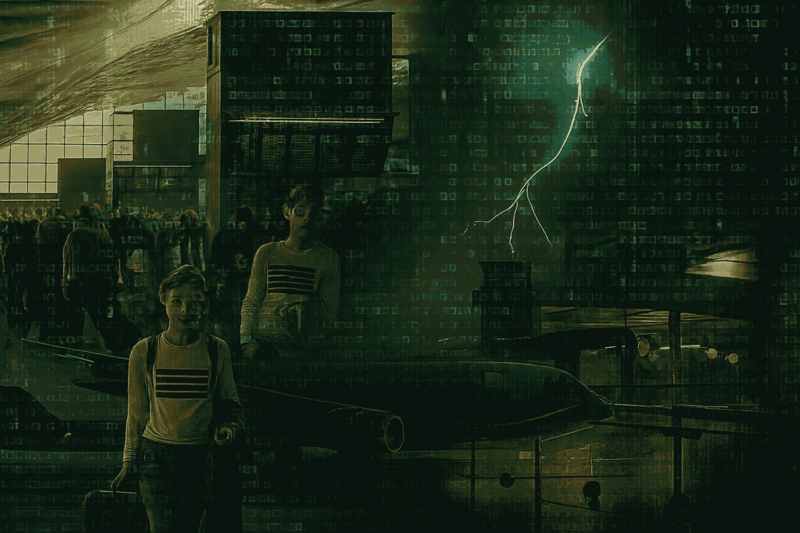
3 min read
Europe’s Air Travel Disrupted By Major Cyber Attack: Lessons From The Past And The Road Ahead
Europe
Technology
On September 20, 2025, Europe woke up to a stark reminder of how vulnerable modern life has become to cyber attacks. Flights were delayed, check-in counters stalled, and baggage systems froze as a cyber attack affected airports in the region. Heathrow, Brussels, Berlin, and Dublin were among the worst hit, with staff forced to fall back on manual processes just to keep passengers moving.
Authorities are still investigating, but early speculation suggests either a sophisticated cybercriminal group or state-sponsored hackers. Whatever the source, the incident highlights a troubling truth: critical infrastructure, from aviation systems to hospitals and power grids, is increasingly in the crosshairs of digital attackers.
For travelers, the disruption was personal. Families missed weddings, business travelers lost contracts, and exhausted staff managed growing queues with little more than patience and paper forms. The attack revealed not just technological fragility but also the ripple effect on human lives.
Historical Cyberattacks That Shaped Global Awareness
The European aviation crisis joins a long list of cyber incidents with global consequences:
- WannaCry (2017): A ransomware attack that crippled the UK’s National Health Service, forcing canceled surgeries and diverted ambulances.
- NotPetya (2017): Originating in Ukraine, it spread globally, halting shipping giant Maersk and causing an estimated $10 billion in damages.
- Ukraine Power Grid Hack (2015): Hackers took down electricity supplies to hundreds of thousands, proving that cyberattacks could cut off essential services with the flick of a switch.
Each case underscores a central theme: attackers exploit weak links in highly connected systems, often with devastating consequences.
Cybersecurity Lessons for Businesses
As companies across industries watch Europe’s airports struggle to recover, many are asking the same question: how do we protect ourselves? Cybersecurity experts point to several practical measures:
Cybersecurity Lessons for Businesses
As companies across industries watch Europe’s airports struggle to recover, many are asking the same question: how do we protect ourselves? Cybersecurity experts point to several practical measures:
- Vendor Risk Management
Third-party providers are often the weakest link. Companies must enforce strict security standards, demand timely updates, and continuously monitor vendor systems. - Redundancy and Backups
Manual processes and backup systems ensure business continuity when technology fails. Segmented networks can also stop attackers from spreading across systems. - Regular Updates and Patching
Both WannaCry and NotPetya exploited outdated software. Keeping systems current is one of the simplest and most effective ways to defend against threats. - Employee Awareness
Human error remains a major vulnerability. Training staff to spot phishing attempts and follow secure practices reduces exposure. - Incident Response Planning
A well-rehearsed plan for detection, communication, and recovery can turn a crisis into a controlled event rather than a catastrophe. - Collaboration and Intelligence Sharing
Cybersecurity is stronger when companies and governments share knowledge of emerging threats and attack patterns.
A Wake-Up Call for Critical Infrastructure
The 2025 European aviation cyberattack shows how fragile interconnected systems can be. A single compromised vendor caused disruption across an entire continent. As our reliance on digital networks deepens, resilience must stand alongside efficiency as a top priority.
The lesson is clear: cyberattacks are not rare events; they are the new reality. For businesses, governments, and individuals, proactive defense and resilience are no longer optional. They are the cost of keeping the modern world running.
Senior Editor: Kenneth Njoroge
Business & Financial Expert | MBA | Bsc. Commerce | CPA